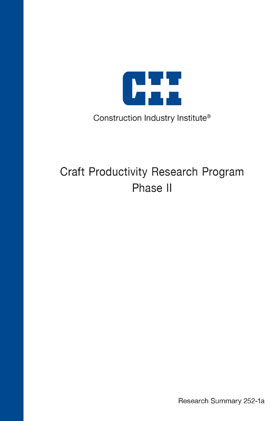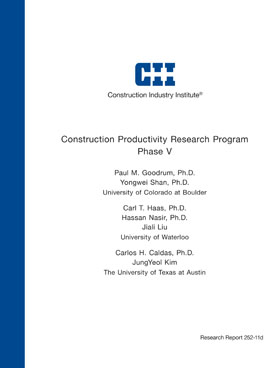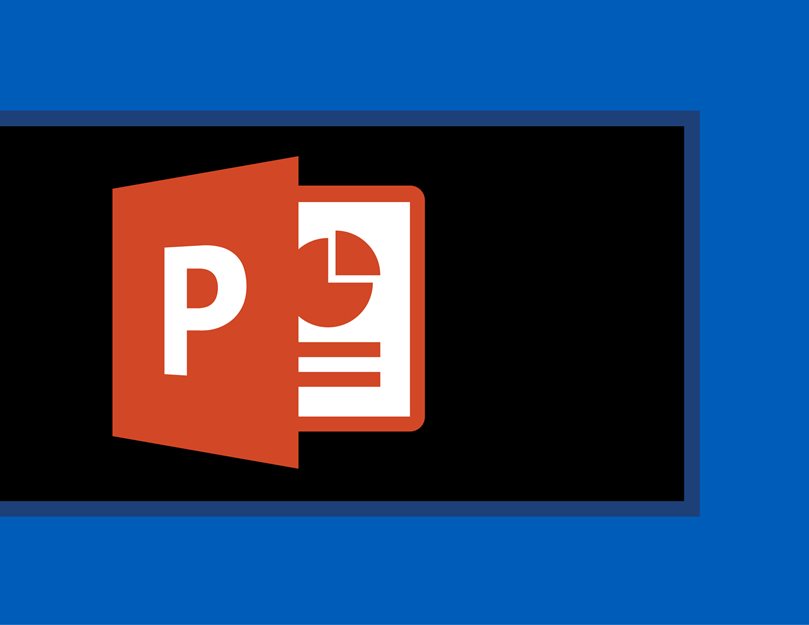
Construction Productivity Research Program -- Phase II
Finding the elusive “pot of gold” at the end of the rainbow—i.e., discovering a way to improve craft productivity by 50 percent—was the challenge presented to Research Team 252 (RT 252) by the Construction Industry Institute (CII) in 2007. Realizing the magnitude of this challenge, CII gave the team a unique six-year research charter. This research summary describes the second phase of the CII Craft Productivity Research Program.
In this phase, to accomplish its objective of identifying opportunities to significantly improve craft performance, the team is using a three-pronged strategy:
- Find ways to increase the time spent on direct work through activity analysis.
- Recommend the implementation of innovations with the potential to reduce the number of work-hours required to complete one unit of work.
- Investigate strategies for reducing the amount of rework.
Further, to strengthen this three-part approach, the team is continuing to develop the Best Productivity Practice Implementation Index (BPPII), a tool designed in Phase I to provide initial and in-progress assessments of how much a project’s planning and best practice implementation influence craft productivity. Meant to provide the basis of a comprehensive productivity improvement roadmap, the BPPII roadmap incorporates data from CII’s Benchmarking and Metrics (BM&M) program on the following six broad improvement areas:
- materials management
- equipment logistics
- craft information systems
- human resource management
- construction methods
- environment, health, and safety.
During Phase I of the Craft Productivity Research Program, RT 252 developed the “infrastructure” for the BPPII roadmap. In this phase, the team formulated the BPPII’s categories, sections, and elements. In Phase II, the team concentrated on developing the weightings for these components of the index. Work continues on the BPPII, and RT 252 plans to test and validate it through work studies on actual projects in Phases III and IV.
Analysis of the CII Benchmarking and Metrics data in this second phase investigated the relationship between particular management practices and reported productivity of the electrical trades. The overall results of the BM&M analysis of electrical crafts indicates that projects with a high level of implementation of safety programs, automation and integration of information systems, materials management systems, team building, and constructability experienced better labor productivity. Once these results were compared to the Phase I analysis of the best practices that yielded improved productivity in the mechanical trades, five common practices began to emerge as having significant positive impacts on productivity. These five best practices for improved productivity are 1) safety programs, 2) system integration, 3) system automation, 4) materials management, and 5) team building. The RT 252 analysis indicates that successful implementation of these cross-cutting best productivity practices can make a difference between a weak or strong project. In the light of this promising finding, RT 252 continues to move forward with its investigation of the relationship between best practice implementation and productivity and its development of the BPPII.
Along with its long-term effort at developing the BPPII and its trade-by-trade analysis of the BM&M data, the RT 252 team evaluates innovations that could prove valuable as stand-alone products to improve productivity for each craft studied. This phase involved an extensive set of activity analysis field studies on six industrial construction projects. An extension of work sampling, activity analysis is a continuous improvement method for observing work activity and then categorizing it based on that observation, (e.g., direct work, prep work, tools and equipment receiving or preparation, material handling, waiting, travel, or personal time).
Results indicated that one of the six projects stood out, experiencing significantly higher direct work rates than the others. That project was the only one of the six to be actively engaged in on-going activity analysis. Recognizing the potential for productivity improvement but not finding a readily accessible guide on conducting activity analysis, RT 252 developed an implementation resource that outlines an implementation program. RT 252’s Guide to Activity Analysis (IR 252-2a) presents activity analysis as a continuous improvement process, a comprehensive approach to project management that can make jobsites significantly more productive.
There are two parts to activity analysis: (1) workface assessment and (2) the continuous improvement process. The workface assessment portion of activity analysis is the application of work or activity sampling. The methods developed by RT 252 are a comprehensive and up-to-date version of work sampling. However, it is the coupling of this updated workface assessment method with a continuous improvement process that is the strength of activity analysis, and that differentiates it from work sampling. The implementation resource discusses how the workface assessment results can be interpreted to provide recommendations for improvements, how these improvements should be applied, and how to monitor activity levels for continuous improvement.
Improved productivity need no longer be an imaginary goal; organizations can now approach it from several effective angles—combining proven best practices, craft innovations, rework reduction, and activity analysis. RT 252 is investigating all of these approaches and will continue to present its findings from its future phases of research.



